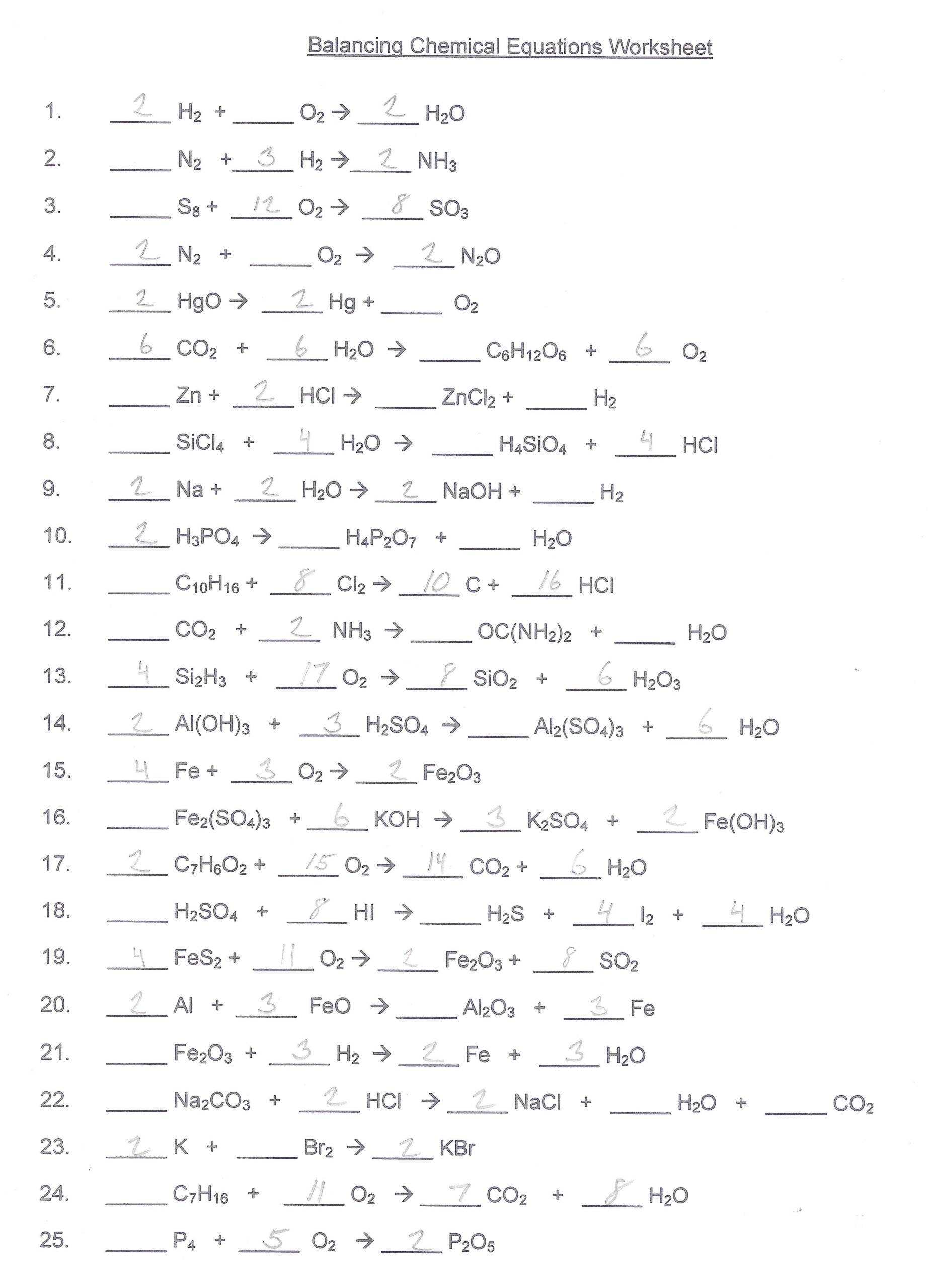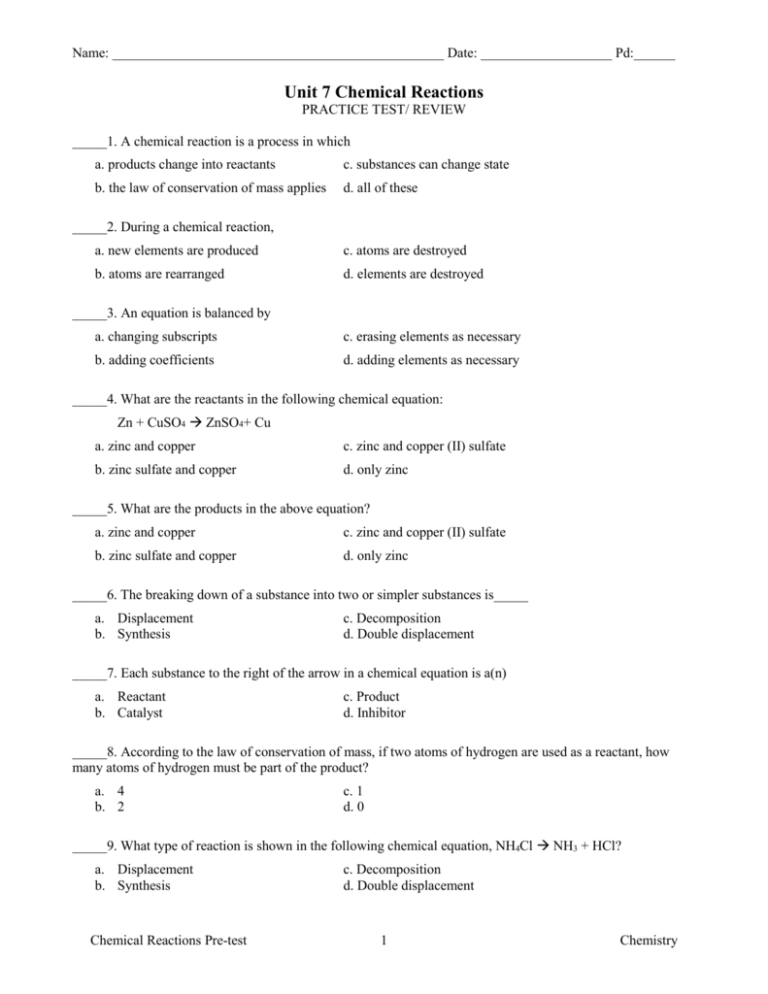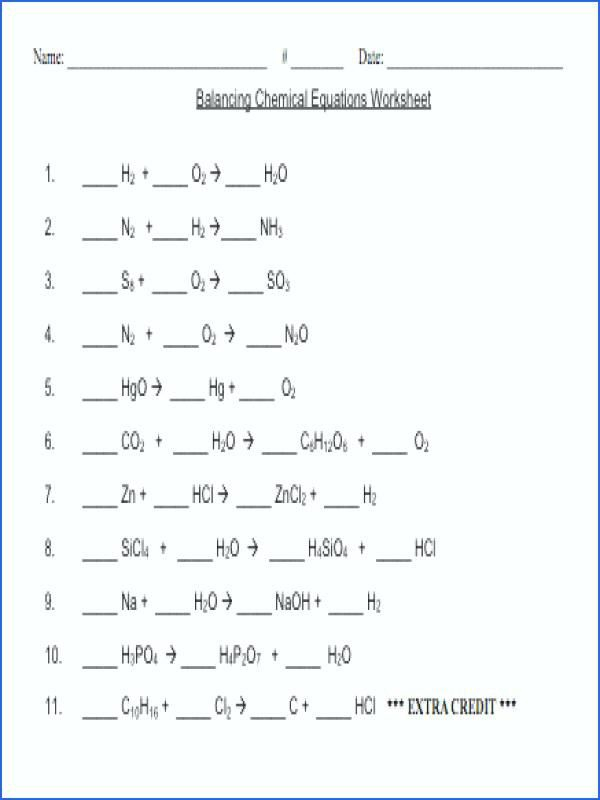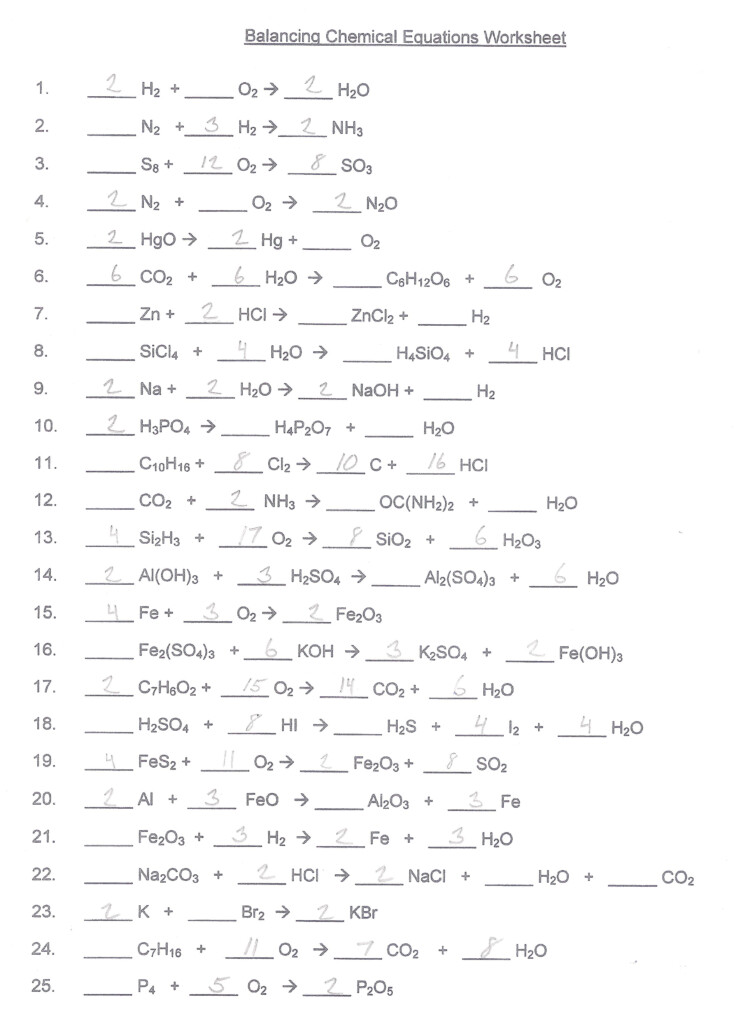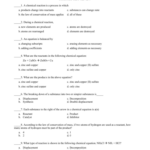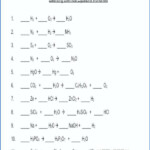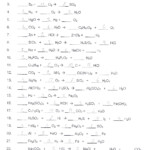Chemistry Unit 7 Balancing Chemical Reactions Worksheet 2 – Students can use the chemistry unit worksheet to help them understand how measurement works. This worksheet covers the metric system and volume, density, as well as significant figures. The worksheet also explains how to round significant numbers, including rules for subtraction or division. Students learn about the importance of accuracy when performing these calculations.
Materials
Chemistry is a subject that focuses on properties of matter. The subject teaches students about the properties and relationships of elements, compounds, systems, as well as the metric system. The Chemistry unit worksheets will cover topics like naming chemical compounds and determining their density.
Students will learn about elements and the periodic table. They will also learn about atomic structure and the forces within the nucleus during fission and decay. They will also be taught about ionic and polyatomic compounds. They will also learn about electronegativity, Lewis Dot structures, and molecular geometry.
Chemical change
This worksheet helps students understand the concept of chemical change. It includes a video that explains chemical reactions and a student handout to answer the questions. Students can watch the video before the worksheet, or they can watch it after they’ve completed the work. There is also a walkthrough video (at 30:26) to guide them through the process.
A chemical change is when a substance becomes another substance. Unlike physical changes, chemical changes cannot be reversed. For example, when a person burns wood, he or she is creating ash. Other things also undergo chemical changes, like when a candle gets lit. Iron rusting is an example of a chemical change. Another example is the souring of milk. This process creates new molecules and a new color.
Interactions
The Chemistry Unit Worksheet is focused on chemical reactions. Specifically, it looks at the ionic and covalent bonds. The pages that introduce the bonds include questions for students. The last page compares the structure of the two types of bonds to a tug-of-war game. The students must match the pictures to the appropriate type of bond and explain their answer.
Lab sessions
Creating a laboratory report can be challenging, so this worksheet provides a helpful guide. This worksheet provides students with a grading guide that helps them through each activity. The student’s lab report should be well-written, complete, and readable. Students should also review the unit in preparation for the unit test tomorrow. This will ensure that they understand how to write a laboratory report, understand the scientific method, and know the types of data that they must collect and analyze.
Safety rules were enforced for students, which included avoiding hazardous substances. These rules must be followed by all students, and should be familiar with before the first lab. These rules can be found in a PDF file that students can download from the UC Davis Bookstore.
Handouts
Chemistry students are taught about the properties of substances, their physical changes and the relationship between them. This handout helps students understand these topics. This handout can be used to reinforce key concepts. It focuses on density, for example. To calculate their densities, students use different liquids and objects. Students also draw different layers of liquids and objects in a beaker to show the different states.
Because ideas that originate in chemistry can be applied to other areas, chemistry is often called the “central science”. Many colleges recommend that chemistry be taken first in high school. The handouts for this unit are designed to be used in a high school chemistry course. The website also features an answer key set and test bank.
Posters
Chemistry Posters can help students visualize what they’re learning. Each unit contains one or more posters. Posters are often printed in color and are made of paper. These posters can then be used by students to make a large periodic table outside the classroom. These posters should include information about the element, such as its symbol and name. They also need to include pictures that relate to the advertising slogan.
Posters can be a great way to make science units more fun. These posters can be used as a reward for students who complete worksheets. Students will be able to investigate what happens when an acid reacts with a metal.
